Blog
M.A.D.E – The New 'Epidemic' During This Era
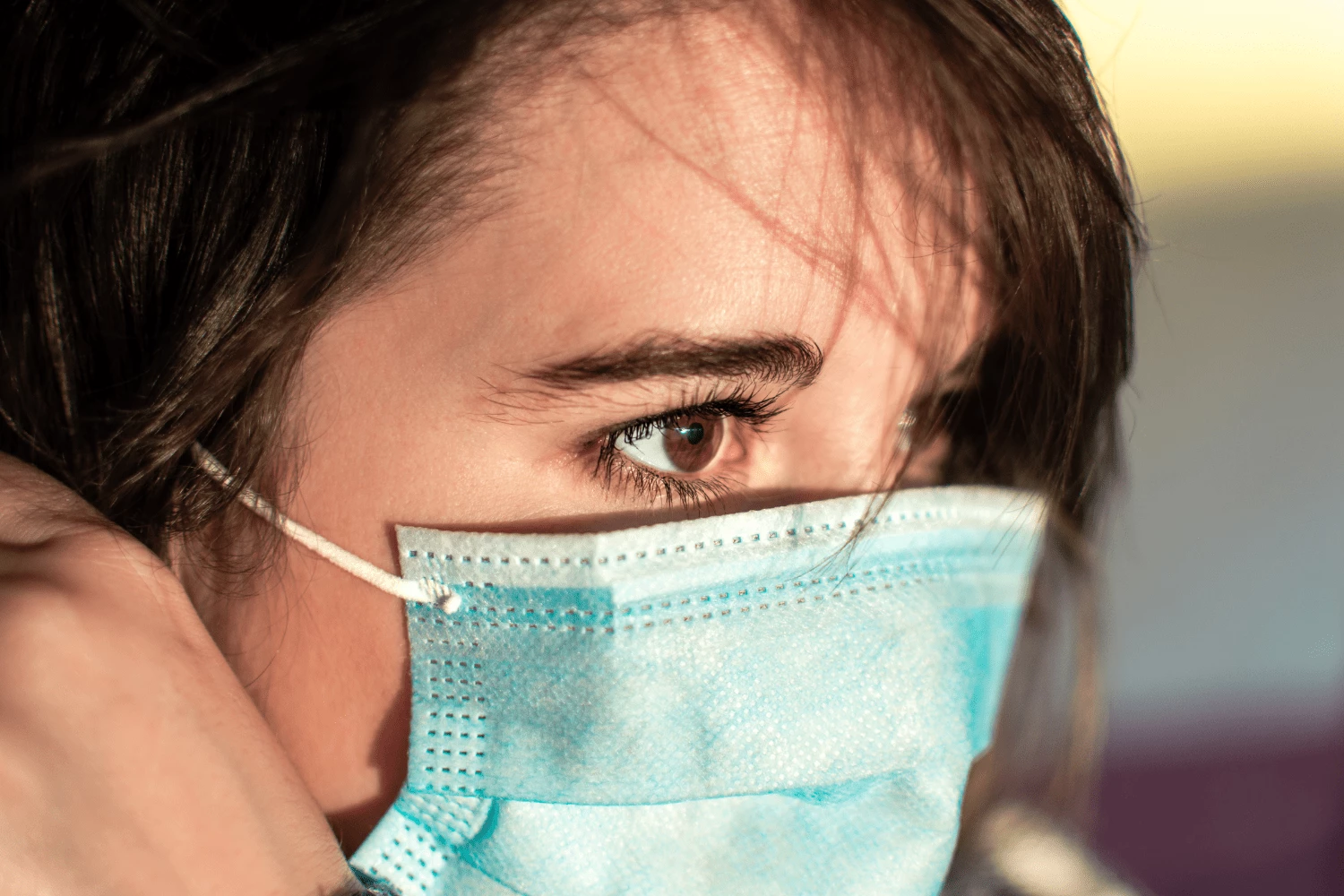
In this contemporary era, the world has adapted to the ‘new normal’ in response to the COVID-19 pandemic. This includes the use of face masks, practising respiratory and hand hygiene, and maintaining physical distance to prevent the spread of the disease. These measures are crucial to combat the spread of the disease. With this, face mask utilization has risen dramatically leading to a phenomenon known as M.A.D.E – Mask Associated Dry Eyes or Mask Associated Dry Eyes which have the same symptoms as regular dry eyes. It is most likely to occur while wearing a mask or after extended periods of mask-wearing.
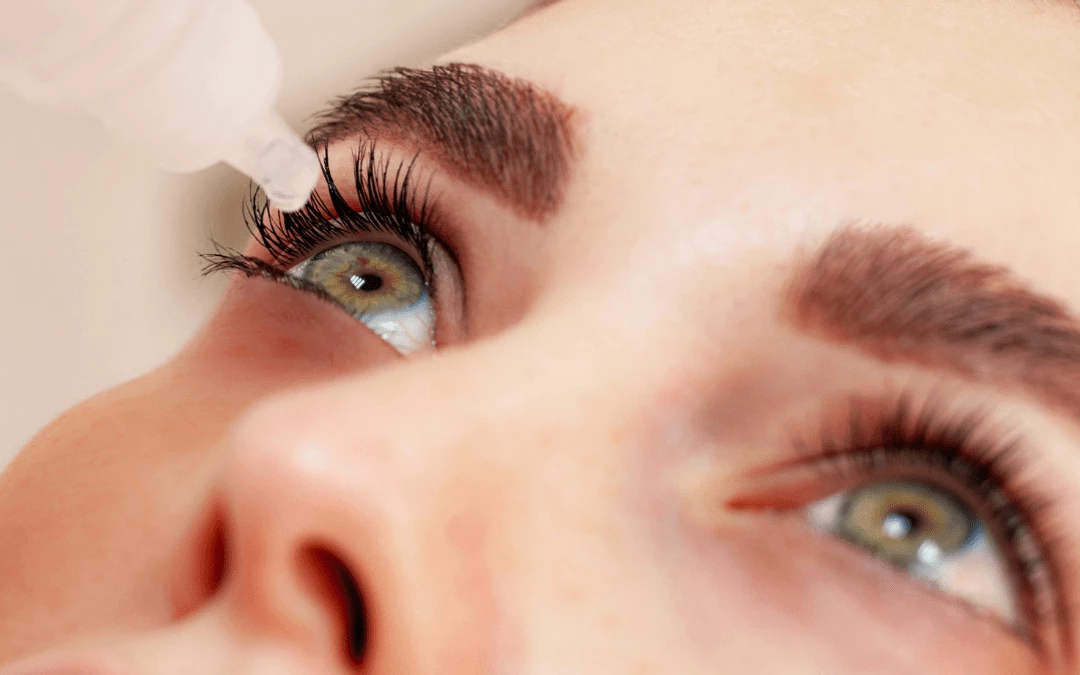
Our Tear Film’s Delicate Balance
Our eyes are protected by the tear film, the liquid layer that coats the eyes’ surface. Because our cornea has no blood supply, this tear film is important to carry oxygen, nutrients, antibodies, white blood cells, enzymes and water to the cornea. The tear film has a tiny volume, equivalent to one-tenth of a single water drop that is important to lubricate the surface of the eye. It has a complex structure and composition. It is made up of three layers; the lipid, aqueous and mucin layer. The role of each layer depends on its composition. Tears production, evaporation, absorption and drainage are responsible for the dynamic balance of the tear film that leads to its integrity and stability. Any imbalance in the tear film can result in dry eye disease (DED).
The lipid layer forms the outer layer of the tear film. It functions to minimize the evaporation of water from the eye surface. It isolates the eye surface from the environment, thus, limiting the contamination of the eye surface by dust particles and microorganisms. The lipid layer also helps to improve the stability of the tear film. The middle layer or the aqueous phase constitutes roughly 90% of the tear film volume. It functions to wash away foreign particles and contaminants besides lubricating the eye surface.
The aqueous layer of the tear film nourishes the cornea with oxygen, proteins and inorganic salts, including proteins that are responsible for antimicrobial activity, growth factors, vitamins and electrolytes necessary for ocular surface health and tear film integrity. The innermost layer is made of the mucous layer that binds water to hydrate and lubricate the ocular surface. It also reduces friction during blinking, clears the surface of pathogens and debris and contributes to the tear’s stability.
Our eyes are protected by the tear film, the liquid layer that coats the eyes’ surface. Because our cornea has no blood supply, this tear film is important to carry oxygen, nutrients, antibodies, white blood cells, enzymes and water to the cornea. The tear film has a tiny volume, equivalent to one-tenth of a single water drop that is important to lubricate the surface of the eye. It has a complex structure and composition. It is made up of three layers; the lipid, aqueous and mucin layer. The role of each layer depends on its composition. Tears production, evaporation, absorption and drainage are responsible for the dynamic balance of the tear film that leads to its integrity and stability. Any imbalance in the tear film can result in dry eye disease (DED).
Is M.A.D.E A Concern?
Dry eyes should not be ignored because untreated dry eyes can lead to a more serious condition such as eye inflammation, corneal abrasion, ulcers and may even cause serious, irreparable vision impairment. For some it can be highly disruptive to their work and daily life. Beyond discomfort, M.A.D.E. also presents another risk which is pathogen transmission. It may encourage people to rub their face and eyes for temporary relief. Bringing unwashed hands near the face increases the likelihood of infection.
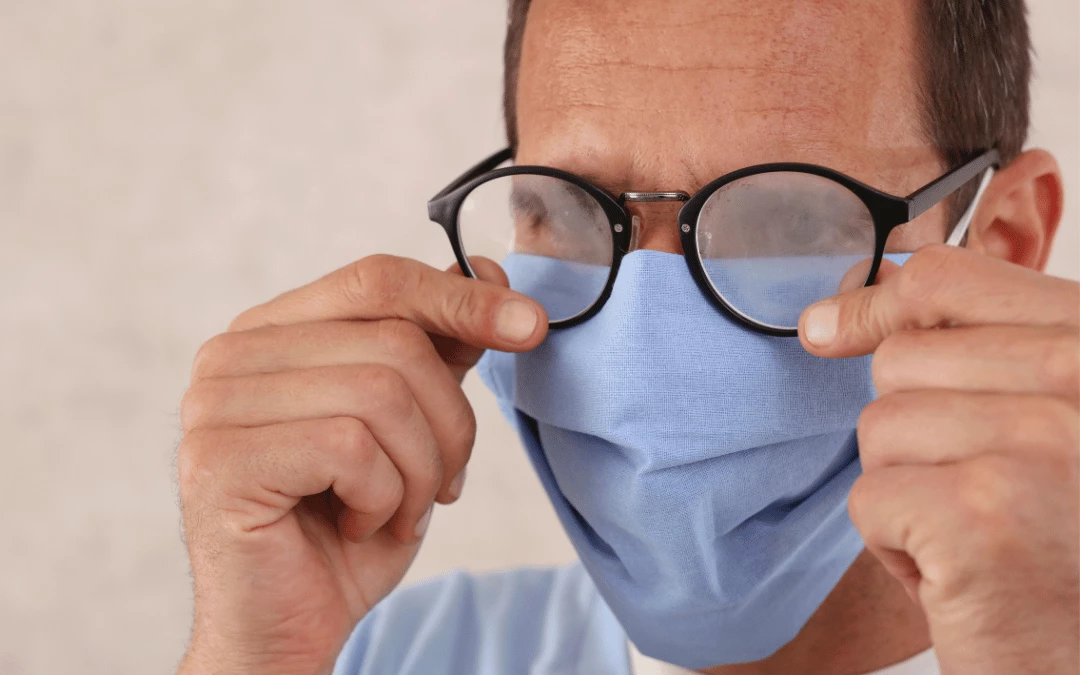
The term mask-associated dry eye (M.A.D.E) was first described by an ophthalmologist in June 2021 based on increasing in the number of incidents. Face masks significantly reduce the spread of air outwards from the mouth and nose. But the exhaled air needs to disperse. However, when a mask sits loosely against the face, the air is channeled upwards, out the top of the face mask. This forces a stream of air over the surface of the eye, creating conditions that accelerate the evaporation of the tear film, just like a steady breeze blowing over the damp skin. Those who wear glasses are well aware of this condition shown by lens fogging that often occurs when they are breathing under a mask. When masks are worn for an extended period, the repeated evaporation may lead to dry spots on the ocular surface. The eyes may feel sore, dry, irritated, watery and red.
Who May Be Affected?
There are several causes of dry eyes. Researchers are now facing two new variables as the pandemic sets in: significant increase in digital screen use while wearing masks and altered airflow from mask wearing. Working long hours in an air-conditioning room added a third punch to a growing problem and it is made even worse in contact lens users. Contact lens can disturb the tear film, potentially making users more susceptible to M.A.D.E. if exhaled air impacts the tear film stability. People with existing dry eye disease and those wearing masks longer than 3 hours per day report worsening DED symptoms associated with mask wearing. This includes the elderly, who naturally have less efficient tear film.
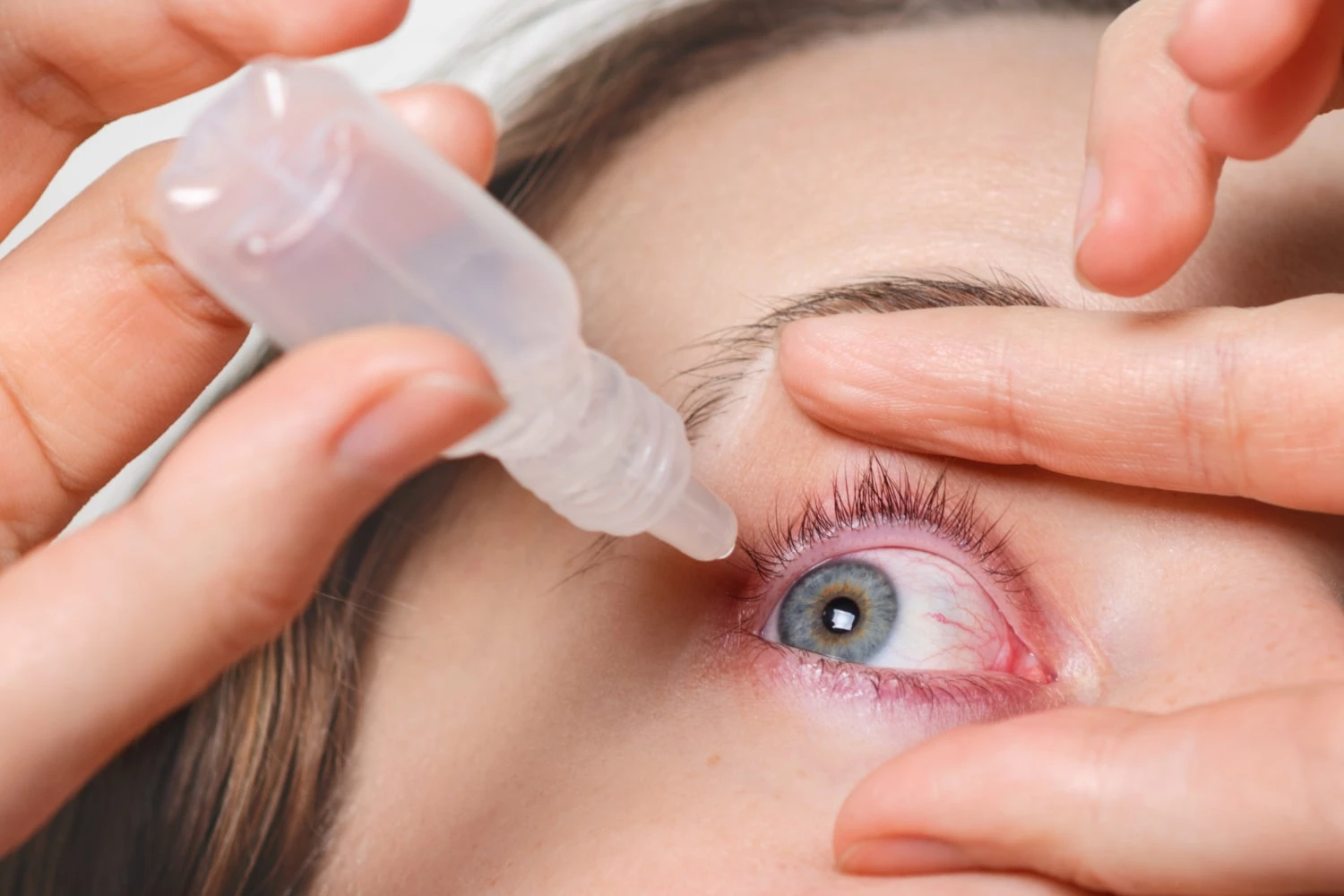
Eye Lubricants - Are They Good For Dry Eyes?
Even though eye lubricants or artificial tears are able to soothe the discomfort caused by dry eyes, it lacks the actual composition of our natural tear film. They only temporarily restore moisture in the eyes but lack the protection and nutrients provided by our natural tear film. Having said this, artificial tears can do more harm than good if the added preservatives irritate your eyes. Avoid artificial tears containing preservatives if they bother your eyes or if your dry eye is severe. One of the most commonly used preservatives is benzalkonium chloride, which accounts for 70% of topical eye drops and ointment. Despite having an excellent antibacterial property, benzalkonium chloride has been shown to induce toxic effects to the ocular surface. It has negative effects under normal and dry eyes conditions. It is a big no-no to be used by contact lens users.
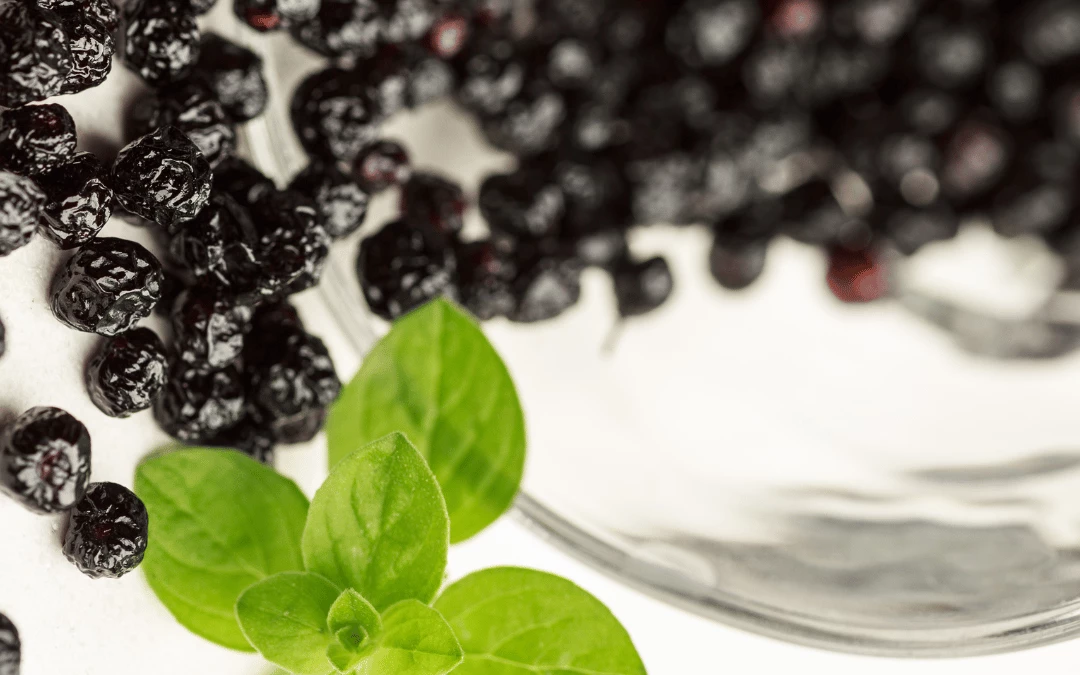
MaquiBright Fixes Dry Eyes Without Eye Drops
You most probably are familiar with eye drops to alleviate dry eyes but there is a fruit extract that can help with dry eyes and it is maqui berry. Maqui berries are exotic, dark-purple berries that grow wild in South America. It is also known as Aristotelia chilensis or Chilean wineberry. It is packed with anthocyanidins called delphinidins and a powerful antioxidant known as ellagic acid. Delphinidins are the compounds in maqui berries that are responsible for ocular health and eye comfort due to its high antioxidant properties. They are the most effective free radical scavengers that are able to remove 5 types of free radicals in the body.
Dry eye symptoms resulting from insufficient tear fluid generation have the capacity to impact oxidative stress levels in the tear film due to high levels of reactive oxygen species (ROS). It can lead to subsequent inflammation. Inflammation in your tear glands, cornea or conjunctiva may cause insufficient tears production or the tears produced do not contain the right mixture of water, oils and salts. Changes in the tear film can lead to dry eyes. A pre-clinical model has demonstrated the value of maqui berries by MaquiBright to help encourage tears production without the concurrent use of eye drops.
Japanese researchers have evaluated two of the major anthocyanidins in MaquiBright to determine how well they can protect the delicate photoreceptor in the eyes from oxidative stress-related damage induced by visible light, especially blue light. They did this by exposing the subjects to blue light emitted from digital devices. Blue light can lead to oxidative stress and can be damaging to the cells in the eyes. It was discovered that maqui berries can help to protect the photoreceptors in the eye from oxidative stress-related damage induced by blue light.
MaquiBright maqui berries extract contains antioxidant properties that helps to restore tears production by the lacrimal glands. It promotes healthy levels of lacrimal fluid which assist to keep the eyes well-lubricated and comfortable. Its antioxidant abilities may play a role in its effectiveness in relieving dry eye disease. Maqui berries extract by MaquiBright are standardised to contain a minimum of 25% delphinidins and 35% total anthocyanins. Delphinidins in Maquibright have the ability to promote eye health, relieve general eye fatigue and encourage healthy eye lubrication and tears production from within.
Lutemax 2020 The Frontline Defense Against Blue Light
Carotenoids, namely lutein and zeaxanthin, are the gold standards in providing the protection to our eyes against blue light. Our eyes are protected naturally from blue light by lutein, zeaxanthin and meso-zeaxanthin. These pigments are found in the macula and act as internal filters to absorb harmful blue light. They are found in leafy vegetables, as well as yellow and orange fruits and vegetables. They are potent antioxidants that, in nature, prevent damage to plants by absorbing excessive sunlight, especially high-energy blue light. Unfortunately, only 6% of Malaysian adults consumed sufficient vegetables and fruits. Thus, Malaysians are not getting sufficient protection for their eyes from their diets.

Short-term effects of blue light from digital devices are common and can cause eyestrain, eye fatigue, dry eyes, blurry vision, neck and shoulder pain and headaches. However, it can lead to the development of macular degenerative diseases of the eyes and cataracts. Blue light may also affect sleep quality. A study conducted at the University of Georgia found that by supplementing with Lutemax 2020 reduced eye fatigue, eyestrain and headache frequency resulting from prolonged use of digital devices. Another double-blind, placebo-controlled trial with Lutemax 2020 showed improvements in ability to recover from bright light (photostress recovery), the ability to judge distance and distinguish different objects from each other (contrast sensitivity) and the ability to adjust to bright light conditions (glare recovery).

Lutemax 2020 is a natural extract that contains all three macular pigments that are important for eye health including lutein, zeaxanthin and meso-zeaxanthin in a 5:1 as found in the diet. Many clinical trials proved that Lutemax 2020 increases the protective carotenoids in the retina, improves visual performance, protects the eyes during prolonged exposure to digital device use, improves sleep quality and supports cognitive performance.
Don’t Ditch Your Mask, Use Kordel’s V-Fresh
You don’t have to get rid of your mask to avoid M.A.D.E. Kordel’s V-fresh is an easy and natural solution to alleviate dry eyes. Formulated with maqui berries extract from MaquiBright and a comprehensive list of carotenoids by Lutemax 2020, this combination helps to increase natural tears production while protecting the eyes from harmful blue light. Get a bottle of V-Fresh today for your comprehensive eye care inside out.

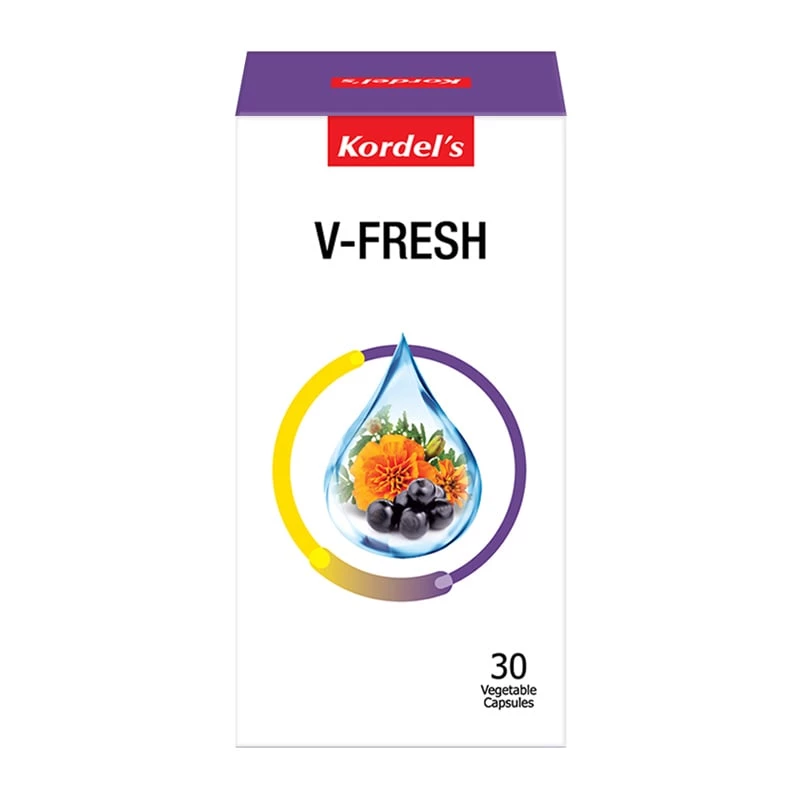
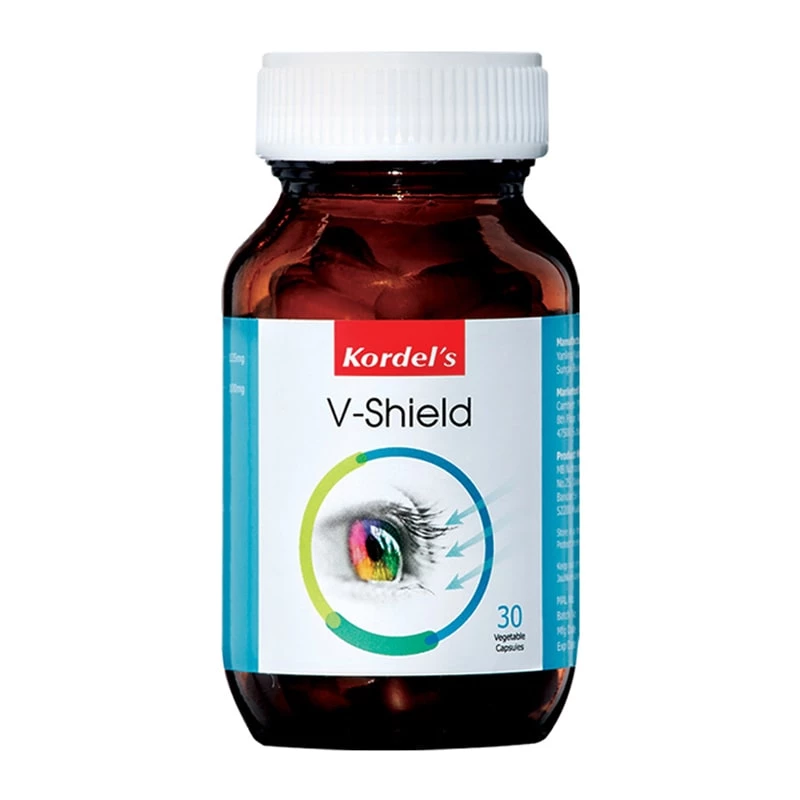
Blog Comments